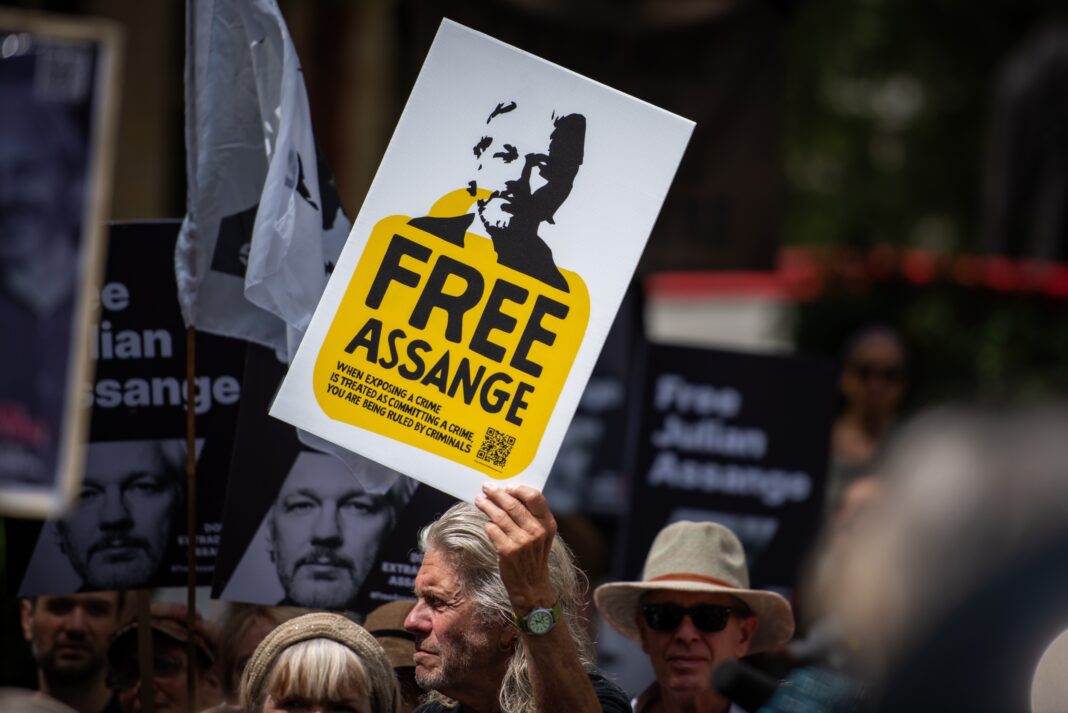by Anna Violante
The IFJ’s death toll of 120 is high. The Press Emblem Campaign (PEC), a Swiss NGO with special consultative status at the United Nations, puts the figure at 140. The difference is due to the deaths recorded in the Gaza war, which depend on the criteria used to define a journalist’s professional qualification. What seems indisputable is that, on average, almost one media worker has been killed every day since 7 October. Of the 80 or so Palestinians who have lost their lives, most were freelancers working for several media outlets, including foreign ones.
They were killed at work or at home, often with their families. “This is the highest media death toll in any conflict in such a short period of time.” PEC President Blaise Lempen recalls. “While it is difficult to verify whether journalists were deliberately targeted or not, the Israeli army has systematically destroyed the Palestinian media in Gaza by bombing their offices and facilities.” He points out. Indeed, many news agencies and media outlets are no longer in place and access to Gaza for independent foreign journalists is still impossible for security reasons. A major blow to information, fortunately mitigated by the efforts of the Palestinian Journalists Syndicate, which has produced a comprehensive and detailed report on all violations of media freedom in the Occupied Territories, including a number of injured journalists who are not receiving adequate treatment due to the situation, 49 cases of attacks by settlers in the West Bank, and some 58 arrests since 7 October. The list grew yesterday, Sunday, 7 January, when two more reporters were killed in Gaza as their car was hit by a missile while driving from Khan Younis to Rafah. One was the son of veteran Al Jazeera correspondent Wael Dahdouh, who in the war had already lost his wife, two other children and a grandson. The Committee to Protect Journalists (CPJ) has just called for investigation into whether the two journalists were targeted.
Worldwide, 59 journalists died in 27 Countries in 2023. If it weren’t for the war in Gaza, there would have been fewer than in previous years. Latin America was second only to Gaza with 20 targeted killings: 9 in Mexico, 5 in Guatemala, 2 in Haiti and 1 each in Argentina, Colombia, Honduras and Paraguay. Audrey Azoulay, Director-General of UNESCO, has condemned all the killings and called for investigations by authorities. The same fate befell the 3 killed in India and Pakistan and the 2 murdered in Afghanistan, Bangladesh and the Philippines. Unknown assassins targeted them, and whether they were later identified or not, the reason for the killing was that the journalists’ investigations did not sit well with some gangsters or politicians. Few African reporters died for a variety of reasons: assassination, war or both. Returning to the Middle East, 3 journalists died in explosions in Syria, 3 young Israelis were murdered in the 7 October Hamas attack and 3 lost their life on duty in southern Lebanon possibly targeted by IDF. The 4 reporters who died in Ukraine – 1 Italian, 1 French and 2 Russians – were accidental victims of the war. Finally, the 3 who died in the US and Canada were killed unintentionally while witnessing a crime.
There are many reasons why journalists die. Despite UNESCO’s numerous appeals to authorities and recommendations for adequate equipment, the problem of their safety remains. Freelancers in particular are at great risk. Last month, a Palestinian reporter ripped off his bulletproof vest on live television, saying it was useless. He was right, even a bullet could have penetrated it.
Journalists in prison
The world’s most famous imprisoned journalist is undoubtedly the former editor-in-chief of WikiLeaks, Julian Assange. Amnesty International, Human Rights Watch and many other NGOs have repeatedly called for his release, considering him a prisoner of conscience. After years of political protection in the Ecuadorian embassy in London, his asylum was revoked in 2019 and he was arrested by British police. Since then he’s been held in prison under the constant threat of extradition to the United States, where he could face a military tribunal and the death penalty.
In 2023, 779 journalists have been detained for at least a few days for doing their job, and nearly 550 are still in prison. “Arbitrary arrests of journalists are widely used in many countries to suppress the right to news and information.” Says Reporters Without Borders. “Almost half of them are imprisoned in just four Countries – China, Myanmar, Belarus and Vietnam.” There are 121 prisoners in China and 69 in Myanmar (with the longest sentence of 20 years for photojournalist Sai Zaw Thaike). In Belarus it is 32. 39 in Vietnam. But all authoritarian Countries use arbitrary arrests to intimidate journalists; in Russia, Iran, Turkey, Egypt and many others, the independent press is silenced in one way or another.
We’ve just entered 2024 and yet a Tunisian journalist has been jailed for daring to criticise the Minister of Commerce, and two more Palestinians have been arrested in the West Bank.
On the cover photo, free Julian Assange Protest ©Loredana Sangiuliano/Shutterstock.com
























